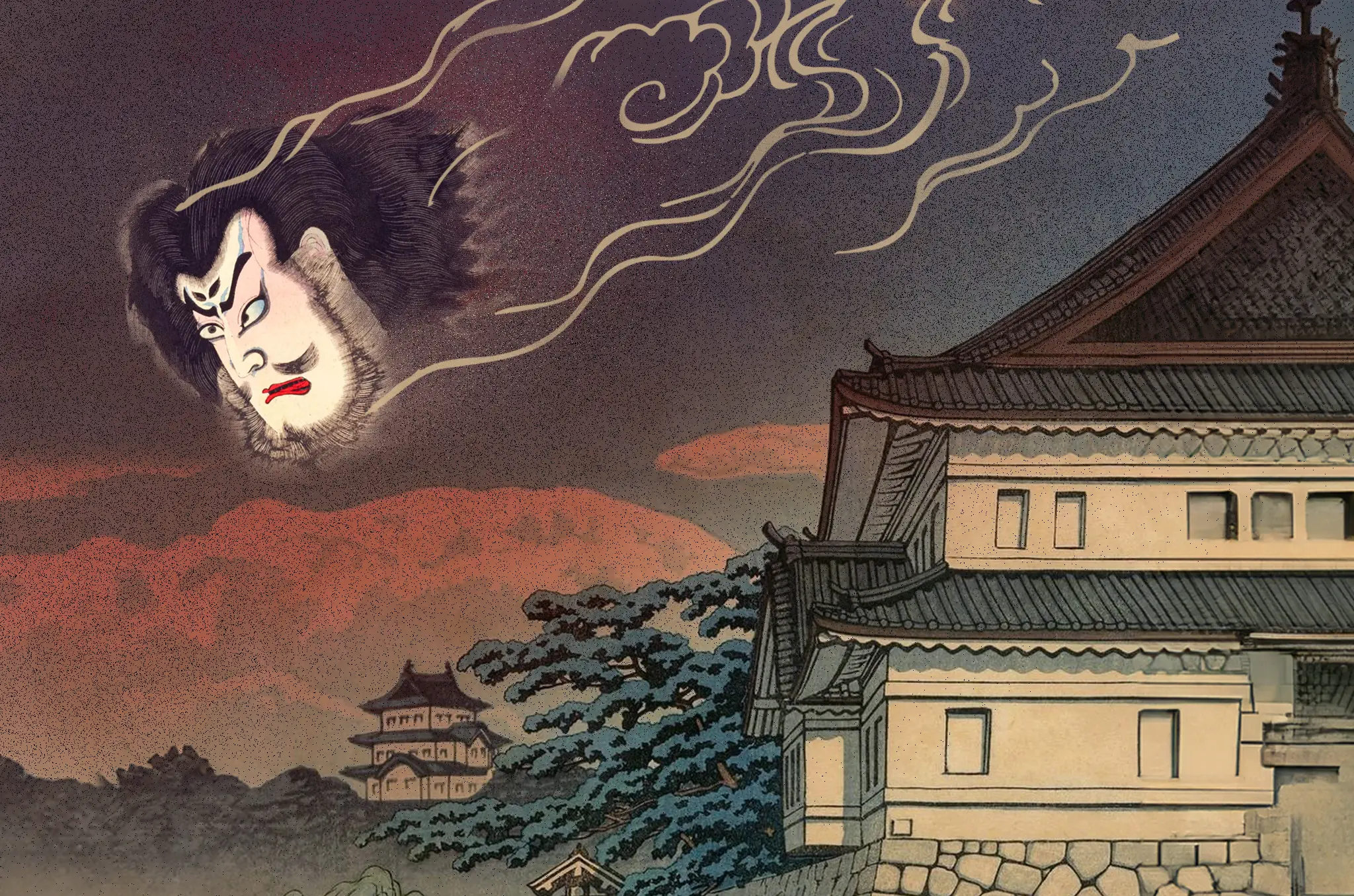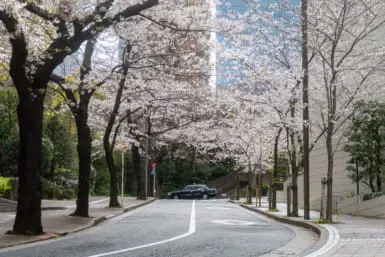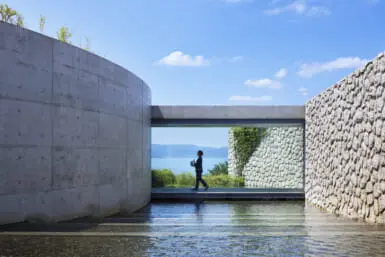Edo Castle is the seed from which Tokyo sprouted. Once a quiet village in eastern Japan, the city grew around the fortification, making Edo Castle — currently the Tokyo Imperial Palace — and the lands surrounding it the undisputed and spiritual center of Japan’s capital. And that’s a problem because that whole area technically “belongs” to the spirit of the samurai warlord and rebel Taira no Masakado (d. 940 CE).
This is on account of his head having been buried a stone’s throw away from the future site of Edo Castle centuries before there even was an Edo and, more importantly, before Masakado was granted godhood and became known as the “angriest spirit in all of Japan.” Plenty of cities have skeletons in their closet, but Tokyo might be the only place in the world that has the decapitated head of an angry god in its basement.

From Head Honcho to Just a Head
Taira no Masakado was born sometime in the early 10th century to an aristocratic samurai family in modern-day Ibaraki. A descendant of Emperor Kanmu, Masakado traveled to Kyoto as a young man to obtain a court rank suited to his heritage but, for reasons unknown, was denied.
Angry over the humiliation at court, or because of a dispute over a woman or some land (depending on the source), Masakado returned east and started feuding with anyone who looked at him funny. He turned out to be incredibly good at it, overcoming ambushes and superior forces with strategies and bravery on the field. He also liked burning down his vanquished enemy’s properties just so everyone knew that Taira no Masakado was pissed off and was going to make it everyone else’s problem.
Things briefly cooled down after an intervention from the emperor, but in 939, a dispute over taxes sent Masakado over the edge and ended with him overthrowing the local governor, burning down a few buildings to maintain his brand and seizing control of Hitachi Province. And then he kept going, conquering Shimotsuke and Kozuke and altogether controlling the 10th-century equivalent of Ibaraki, Tochigi and Gunma prefectures.
Feeling like that was a good start, Masakado crowned himself the shinno (new emperor) and proposed to Kyoto that they split Japan. The old emperor would get to keep the western lands while Masakado would conquer the rest of eastern Japan and everyone would live happily ever after. Kyoto refused and put out a bounty on the rebel. Two months later, Taira no Masakado was dead at the hands of his cousin.
Fly Me to Tokyo on Wings of Anger
Masakado’s decapitated head was put on display in Kyoto as a warning to anyone else even thinking about going against the central government. It wasn’t exactly a success because, even in death, Masakado reportedly had a lot of fight left in him. Months passed, but the head refused to rot and instead grinned madly and even started yelling about how it wanted its body back so it could go and burn down more stuff. This is where real history ends and the legend of Taira no Masakado begins.
Eventually tiring of yelling, the head took to the sky and started flying back home, presumably powered by its white-hot rage. On the way, though, it was shot with an arrow by a monk and crash-landed in the village of Shibasaki. The locals picked the head up and interred it in a funeral mound at Kanda Myojin Shrine, right at the doorstep of what one day would be Edo Castle.
And there Masakado rested, though not exactly in peace. Despite being worshiped by the lower classes for — in their eyes — standing up to the stuck-up nobles, the ghost of Masakado was reportedly seen wandering around his gravesite for centuries. Then the expansion of Edo Castle forced Kanda Shrine to move while leaving Masakado’s head mound behind. He did not take it well. Stories abound about hauntings and deadly plagues that the bodiless samurai unleashed on Edo until his spirit was officially enshrined at the relocated Kanda Myojin — which began venerating him as a god — and a memorial tomb was built over his head mound. This, however, turned out to only be the beginning of Tokyo’s god of wrath.

Masakado’s tomb
Tokyo’s Paranormal Barometer
In 1874, Emperor Meiji was planning to visit Kanda Shrine, and everyone decided that it would be inappropriate for him to worship at a shrine dedicated to a man who fought against the imperial court. So, because they had apparently never read a horror story, the shrine revoked Masakado’s god status and moved his memorial outside the main building. This time, Masakado really didn’t take it well — but he also bided his time. When the Great Kanto Earthquake destroyed large parts of the city in 1923, some people actually blamed the angry spirit of Taira no Masakado, who was just getting started. After the temporary headquarters of the Ministry of Finance was built over his tomb, rumors started flying about employees in the building becoming sick and having unexplained accidents. In the span of five years, 14 ministry people actually died, including the finance minister himself.
You can chalk that up to coincidence, but the government took it seriously, demolishing the ministry building, restoring Masakado’s burial tomb and holding a ceremony to appease his spirit. After WWII, American forces reportedly tried to build a parking lot on the site but changed their minds after a freak bulldozer accident resulted in a fatality — or so the legend goes. The truth is that, by the 1940s, nearly every accident in that part of Tokyo was attributed to Masakado, with the decapitated spirit’s mood supposedly being linked to the fate of the city itself.
In 1984, after decades of public outcry, the rebel samurai regained his god status. He also got an expansion pack to his legend that now identified his daughter as a powerful sorceress who could control frogs, which is why Masakado’s tomb is occasionally adorned with figurines of frogs left by praying worshippers.
Do People Actually Believe This?
Sometimes, it’s fun to play make-believe and act as if your city’s spooky urban legends were true. But, in all honesty, a lot of Tokyoites take the legend of Taira no Masakado very seriously. Multinational corporations headquartered around the head mound took charge of making sure nothing disturbed the grave, forming the Taira no Masakado Memorial Committee, with one local bank actually encouraging its employees to pray at the site at least once a month. In the late 90s, Mitsubishi UFJ Bank even opened an account under the name “Taira no Masakado” for the people taking care of the wrathful samurai’s resting place, which, despite standing on land worth millions of dollars, will probably never be developed out of fear of what would happen.
That belief is still going strong. In 2020, renovation work started on the site, with the monument to Masakado’s head being temporarily moved to Kanda Shrine on November 22. That was also the day when an earthquake hit Ibaraki Prefecture, and people online immediately connected the two because Masakado’s headless body is interred at a temple in Ibaraki. Coincidence? Possibly, since it’s not all too certain that Masakado’s head is even at the Tokyo site. When the Ministry of Finance built their offices over the grave, they first did excavation work and found no skull there. But it is possible that they missed it or that it shifted due to the movements of the earth or was secretly moved in the past. It probably was there at one time, though. It might still be there.
But, in the end, it doesn’t really matter because the belief in the magical head of Taira no Masakado is what gives the myth its power. Plus, it’s a fun story so why ruin it with annoying details like facts? This Halloween season, let’s choose to believe that there really is the decapitated head of an angry god underneath Tokyo: Life is so much more exciting this way.









